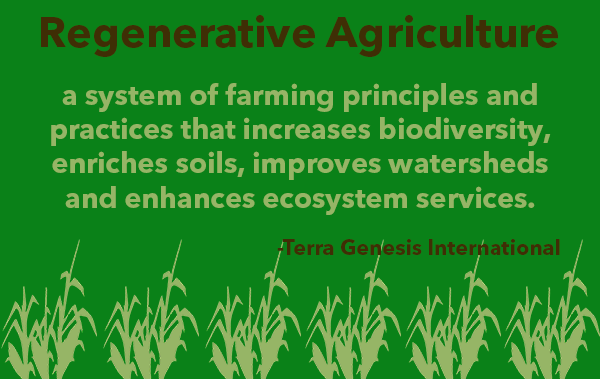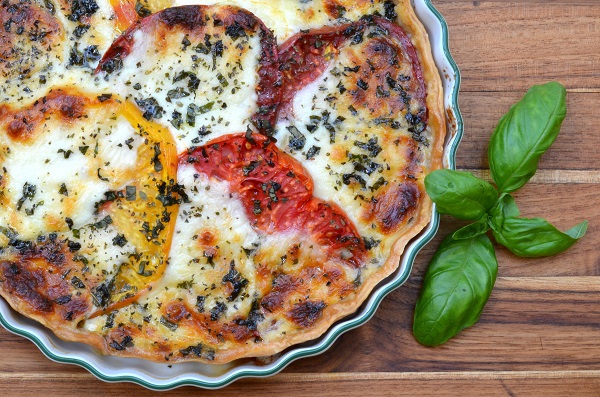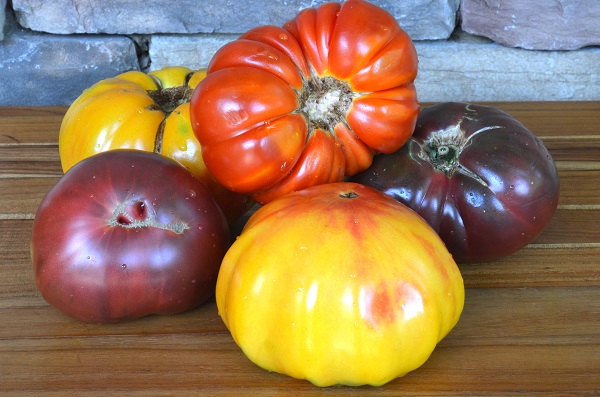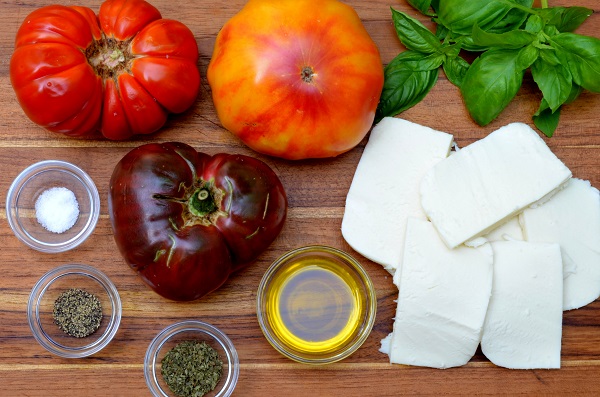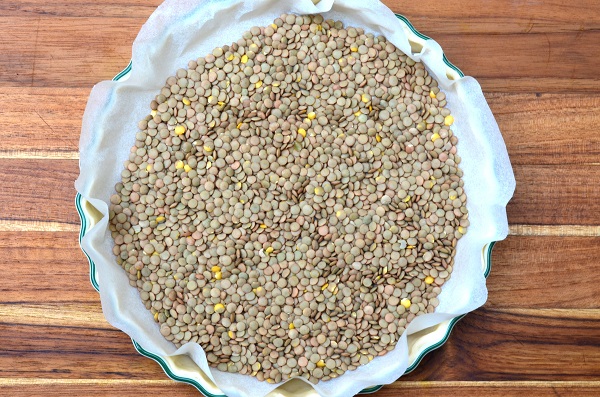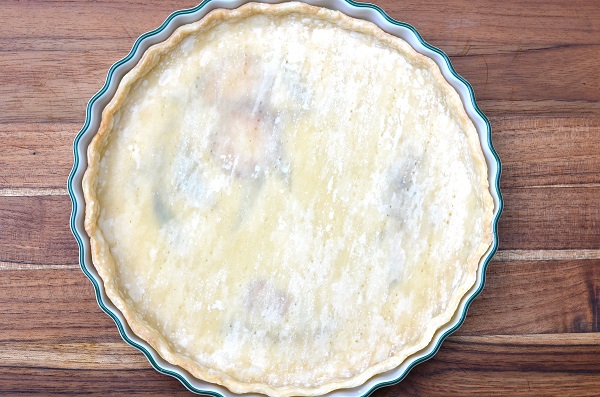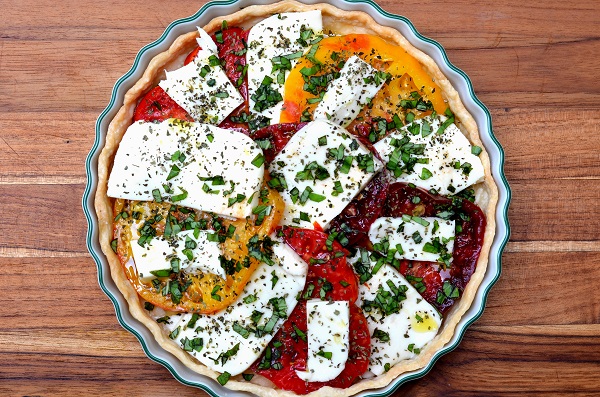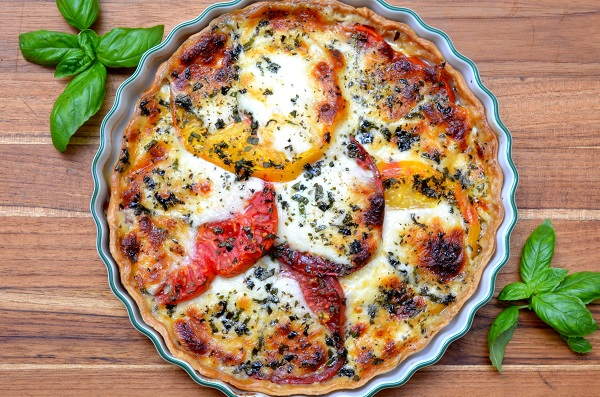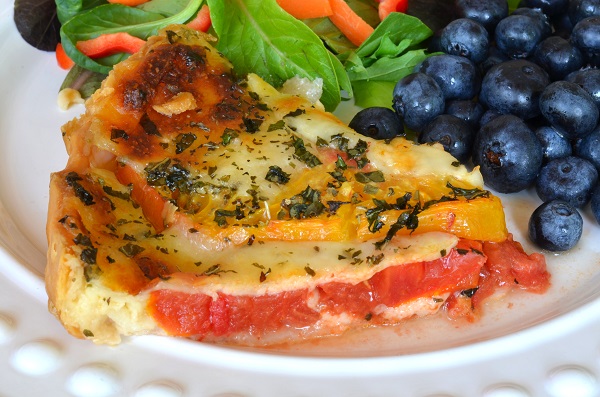One thing that inspires me is hearing two super minds who are thought leaders in their fields discussing new ways to make our planet better. This happened recently when I listened to an episode of Mark Hyman’s Doctor’s Farmacy Podcast where Dr. Hyman was interviewing environmentalist Miriam Horn. Miriam Horn is the author of Kirkus Reviews, Best Book of 2016 entitled Rancher, Farmer Fisherman: Conservation Heroes of the American Heartland.
The entire podcast is fascinating! As a nutritionist and foodie, one part that particularly caught my interest is the segment on Regenerative Agriculture.
According to Terra Genesis International, Regenerative Agriculture aims to capture carbon in the soil and the above ground biomass, reversing current global trends of atmospheric accumulation. As you may know, carbon dioxide (CO2) is a greenhouse gas that is linked to global warming.
Regenerative Agriculture promotes a “No Till” practice that advises against tilling the fields. To those who grew up in a farming community that may sound absurd. However, according to this new farming concept, not tilling the soil leaves all the plant root systems intact which helps promote a healthy soil microbiome. A healthier soil microbiome provides a richer nutrient base for the crops to grow in which in turn, theoretically produces more nutrient dense food.
Regenerative Agriculture, or No Till Farming, leaves the soil microbiome intact- better for plants, humans and the environment. Click To TweetThis makes perfect sense to me. As a gut health dietitian, I spend much of my professional time helping clients build and restore their gut microbiomes. We know from the research gained from the Human Microbiome Project, launched in 2007, that having a healthy diverse gut microbiome promotes health and protects us from disease. It’s reasonable to think the same would be true for the soil and the plants that grow in it.
And the research proves it. Kansas State University has an entire department dedicated to Regenerative Farming. KSU’s Kansas Center for Sustainable Agriculture and Alternative Crops is training farmers all over the globe in the No Till, Regenerative Farming concept. It benefits the farmers, the environment and the health of consumers.
So, here’s the podcast. If you’re looking for a way to pass the time on the treadmill or your morning commute or you simply want to spend time with two great minds offering an uplifting message about sustainability, this podcast is for you. If you only want to hear about regenerative farming, fast forward to 20:20 minutes.
Future Nutrition Labeling
And to add to the excitement, the Regenerative Organic Alliance just announced at the 2018 Natural Products Expo West, that they are planning a new nutrition label certification called Regenerative Organic Certification (ROC). This ROC label is in its planning infancy but hopefully we will see it in the near future. Learn more about the new ROC nutrition labeling.
Here are some additional resources to learn about Regenerative Agriculture:
- Regeneration International
- Regenerative Organic Certified
- What Does the New Regenerative Organic Certification Mean for the Future of Good Food?
Heirloom Tomato Pie
Source: The Farmhouse Chef by Jamie DeMent
Makes 4 – 6 servings
We recently invited Jamie DeMent, author of The Farmhouse Chef cookbook and co-owner of Coon Rock Farm and Bella Bean Organics, to SAS Institute to treat us to a few of her recipes and tales of life on her farm. It was delightful and inspiring to hear her story.
Shortly after spending time with us, Jamie was a guest on the Hallmark Channel’s Home and Family show. On the show, Jamie made this Southern classic Heirloom Tomato Pie recipe from her cookbook. A few weeks later, I was at the farmers market and low and behold it was “Tomato Day” (no big surprise really since it was mid-July). There were tomatoes everywhere - every color, every shape, every variety! I couldn’t pass them up especially these beautiful heirloom varieties.
Once home, I borrowed from Jamie’s inspiration and made her Heirloom Tomato Pie (aka Tomato and Fresh Herb Pie). Here’s how it goes:
Ingredients
1 unbaked pie crust (homemade- see recipe, or store-bought- see notes below)
2 – 3 large heirloom tomatoes (different varieties and colors)
2 Tablespoons extra virgin olive oil
1 Tablespoon chopped fresh basil (or 1 ½ teaspoons dried basil)
1 Tablespoon chopped fresh oregano (or 1 – 1 ½ teaspoons dried oregano)
½ pound fresh mozzarella cheese, cut in ⅓ inch thick strips or rounds
Sea salt and freshly ground black pepper, to taste
1 teaspoon balsamic vinegar (optional)
Directions
Pre-heat oven to 375°F.
Blind Bake the Crust:
For this pie, you must “blind bake” the pie crust first. Blind bake means to partially or fully cook the crust while it’s empty so that it holds up to the filling you add to it. A blind baked crust is also used when the filling does not need cooking, like with a custard pie.
1. Press the crust evenly into a 9-inch pie pan and prick the bottom of the crust all over with a fork.
2. Line the crust with parchment paper and fill the pie pan with pie weights or dried beans evenly on top of the parchment paper. This will hold it down to keep air bubbles out while baking.
3. Bake until the crust begins to turn slightly golden around the edges – about 10 minutes. Remove the piecrust from the oven and set it aside to cool.
Filling the Pie Crust:
1. Once the crust is completely cooled, slice the tomatoes evenly in ⅓ inch thick rounds and arrange them in the pie crust alternating with the mozzarella rounds.
2. Drizzle the olive oil over the top. Sprinkle the chopped fresh herbs on top.
3. Bake the tart for 30 minutes at 375° until the tomatoes are tender and the cheese is just starting to bubble and turn golden brown.
4. Let the pie cool completely. When ready to serve, season with salt, pepper and a drizzle of balsamic vinegar (optional).
Cook's Notes:
FOR YOU FOLKS WITH NO INTEREST IN MAKING A PIE CRUST, you can take a short cut and use a pre-made crust (sorry, Jamie!). Here is a good option I found: Wholly Wholesome Organic Pie Shells. They are sold at Whole Foods.
FOR YOU “LOW CARB”ers AND GLUTEN FREE FOLKS, I plan to try this same Heirloom Tomato Pie recipe using a cauliflower crust instead of a pie crust. You can purchase pre-made cauliflower crusts at Trader Joe’s and Whole Foods or you can make your own.
FOR YOU GLUTEN FREE, DAIRY FREE FOLKS, I also plan to try this Heirloom Tomato Pie recipe without cheese on a cauliflower crust. I expect it will taste like a cooked version of bruschetta which should be delicious!
Stay tuned for future updates on these recipe tweaks!

